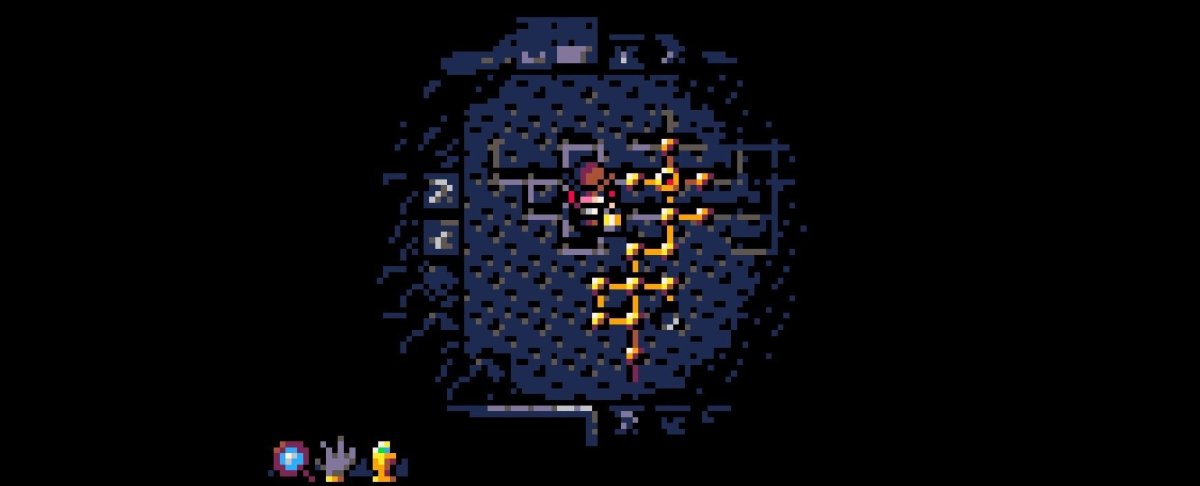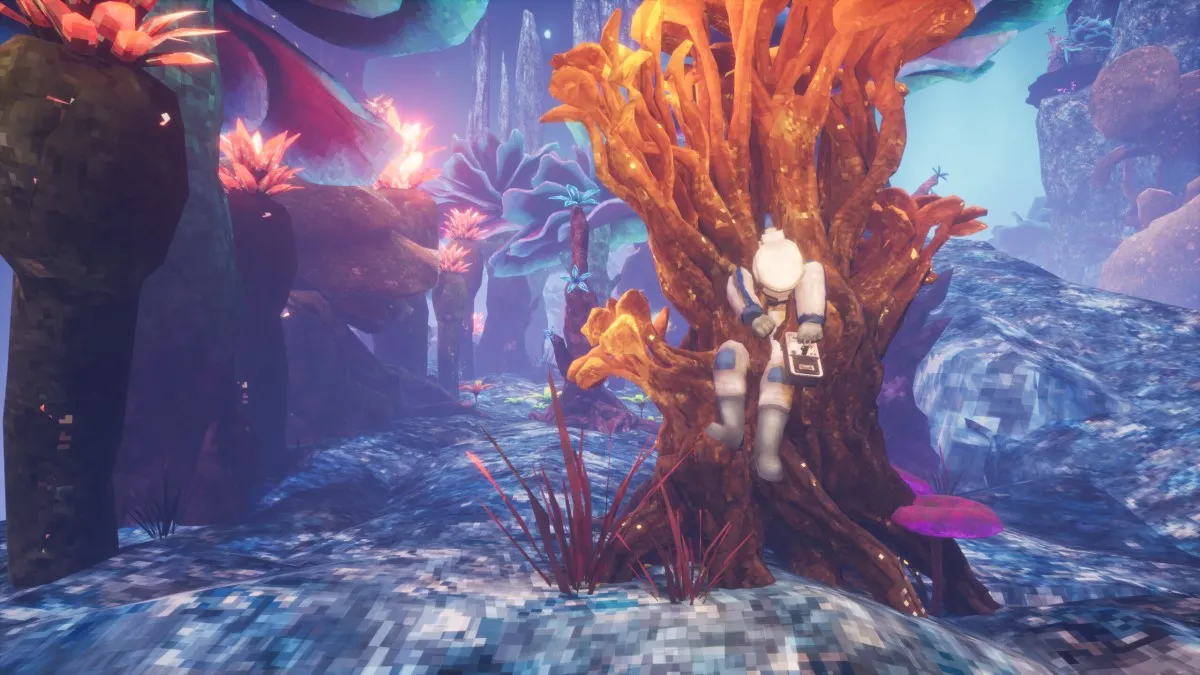Coders of the lost Ark
A few months ago, a surprise landed in my mail called the PocketCHIP. It was a surprise because I had forgotten I had pre-ordered it, and it ended up getting lost in translation for the better part of four months. A handheld micro-computer using a board similar to that of the Raspberry Pi, it was more built for enthusiasts developing projects, but the real appeal behind it for me was integration with the PICO-8 Fantasy Console by Lexaloffle Games, an engine meant to hearken back to the days of the BASIC programming language on older computers, specifically made to program and modify games.
PICO-8 is mainly interesting because of the intense restrictions it places on programmers. You are limited to a space of 128 X 128 pixels, 32k of virtual “cartridge space,” and 4-channel sound. The benefit is that the PICO-8 system provides all the base tools necessary to program a game from scratch including a sprite and sound editor, though it will test your coding chops — using the Lua scripting language means that you will be primarily messing around with code. This is not an engine like RPG Maker that handles most of the hard work for you and requires some programming knowledge.

But the little community of developing and sharing these “cartridges” which has sprung up around it is fascinating. The first time I booted up PICO-8 on my pocket chip and updated the available library of games, I sat for a good hour or two just perusing everything. Apart from games there are plenty of technical demos showing off what can be done on the little platform that were evocative of the demo scene springing up around the Commodore VIC-20 and C64 computers.
Watching a sphere bounce around in a little 3D space, amazing pixel art, and even some of the chiptunes produced on this thing are truly impressive examples of what creative programming can do. The games though simple were fun to play, but not a great experience on the PocketCHIP itself, with its unfriendly microswitch dome buttons making it difficult to perform otherwise simple actions. And a lot of them were over in just a screen or two, impressive though they otherwise might have been on a technical level.
That leads me to Dank Tomb, a recent PICO-8 title by Jakub Wasilewski, and one of the finest examples of how to push the limitations of the PICO-8. Jakub reached out to Destructoid to share his new game with us, and I jumped on the opportunity to take a look at it, being familiar with the platform it was designed for.
In Dank Tomb, you are an Indiana Jones-esque adventurer exploring ancient ruins and uncovering clues to piece together a larger backstory. Utilizing a top-down perspective, the game tasks you with finding seven golden idols throughout the maze-like tomb, collecting other various items as you go to aid you on solving its many room puzzles. The puzzles are fun and varied; the controls are simply move, jump, and use an item; and there are some really tricky platforming sections here that I found to be quite a challenge even early on.

Most PICO-8 games are only a few minutes long, but Jakub has worked hard to make sure there is plenty of content here. On the pay-what-you-want site Jakub has put the game up on, you can play in your browser and it will save your progress, offering a few hours of solid gameplay to get through before it is over.
The graphics are impressive. The real time lighting here is fantastic, and it’s hard to imagine that this game is contained within 32 kilobytes of memory. I asked Jakub for his thoughts on working with (or against, depending on how you look at it) the PICO-8 platform.
“PICO-8 is unique in how productive you can be in it, compared to other game development environments, chiefly due to its limitations. In a modern development pipeline, it takes multiple people to add one simple character to the game, since it has to be concepted, modelled, textured and animated, before it goes anywhere close to the actual engine. In PICO-8, it’s a matter of minutes…The limits built into the system are strict, but they are also liberating – they let you move fast and enjoy yourself…..Working against PICO-8’s technical limits can be exhilarating. It takes a lot of specialized graphics knowledge and a lot of content to even come close to maxing out a modern GPU. Not so on the PICO-8. Real-time shadows, basically a stock feature in any modern 3D engine, are *the* major coding feat of Dank Tomb. There is a thriving scene of people doing all sorts of demos of things that shouldn’t be possible on an 8-bit fantasy console, most of which wouldn’t impress anybody if all they took was a ten-line shader…”
With microcomputers such as the Raspberry Pi back in vogue, we have a whole new generation of budding developers learning how to code and create games. From engines like Scratch, Game Maker, and RPG Maker to more complex software such as Unity, there are endless opportunities now to start learning to code. But the early heyday of the cheap home computer is long past. The simple programming languages kids grew up with in the eighties, and the strict hardware they were forced to learn inside and out and get really creative with is gone — so it is nice to see projects such as PICO-8 pop up that emulate this experience. Art and adversity go hand in hand, so the restrictions, artificial though they may be with the PICO-8, can lead to some really interesting game design.
Apart from checking out Dank Tomb, the PICO-8 engine is available on PC for purchase on the Lexaloffle website for $14.99. However, if you buy its sister engine Voxatron, a 3D voxel-based fantasy console out now in alpha for $19.99, you will get PICO-8 and all future updates as a part of the package.




